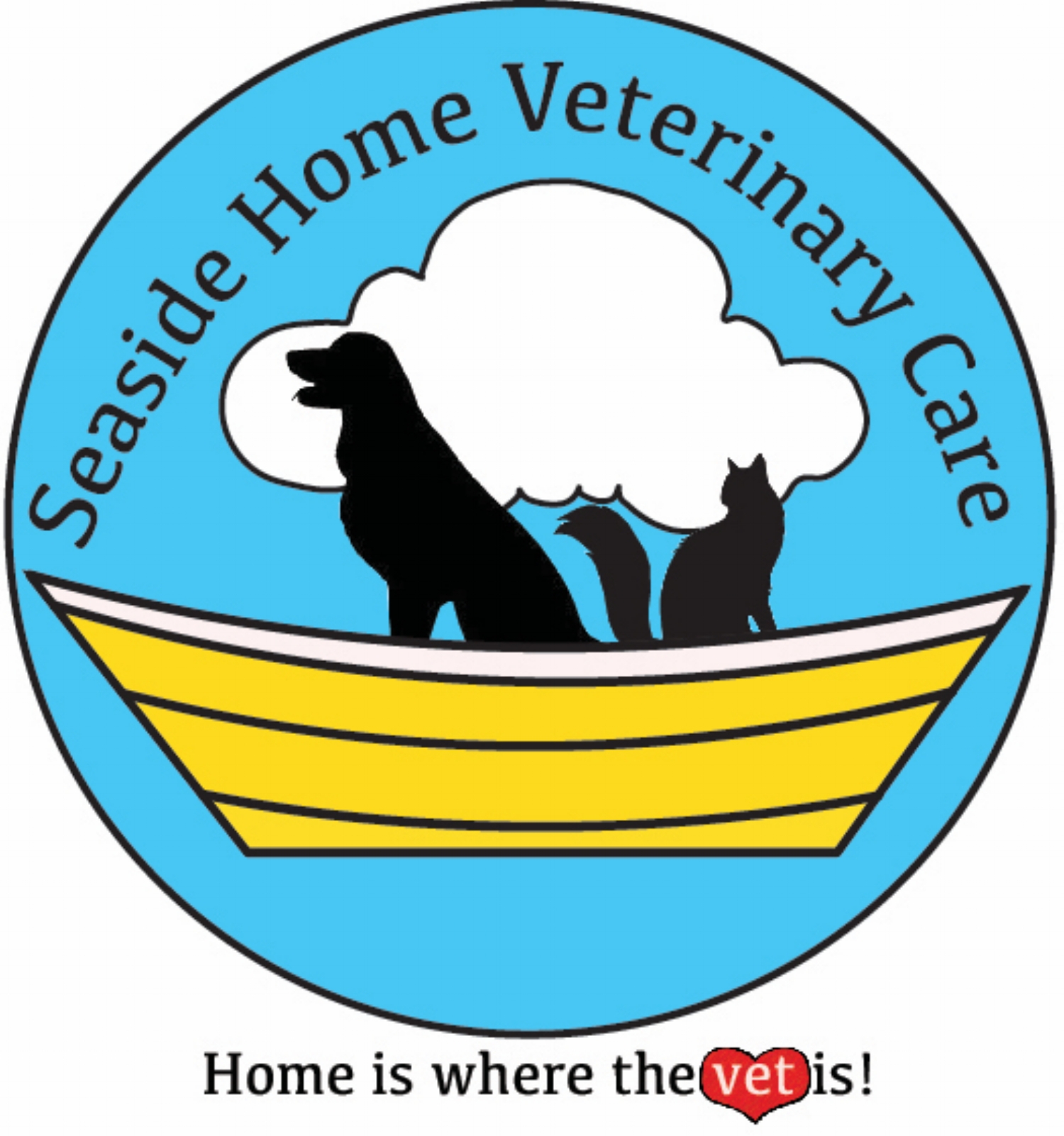Hola guys! I have a little bit of a personal one for you. Take a look into some of my background and see what put me on the path to being a VA! (To the coolest vet in town-no bias here at all) Hope you all enjoy and have a great weekend! (I know I kicked off my weekend right with the Seadogs winning game 5 of round 2!! GO DOGS GO!!) ALAS, you can continue reading and learn a little too much about me!
All the best!!
-Megan (The queen of exclamation marks)
Making the Decision to Become a Veterinary Assistant
I was not entirely sure how to start this, but I think that giving my background can give some insight on what made me decide to go into the veterinary field.
I grew up in the woods. From a very young age, I had a love for everything outdoors. Most importantly, I fell in love with animals. The animals that got my passion started were squirrels, chickadees, salamanders, and strangely enough, I loved ants and beetles. Growing up I had one pet: a cat. My family does a lot of traveling so we never had time for a dog or several pets.
I was always super interested in animals, and how we connect with them. I satiated my fascination with BBC, Discovery Channel, and National Geographic. Once in high school, I took a lot of courses like Biology and Environmental Sciences, which reinforced my love for animals and the great outdoors.
When the time came to go to University/College I had a pipe dream of going into Journalism. Fate intervened to say the least, and 3 years later (after many nights freaking out having no idea what I wanted, and my mother finally convincing me that I could make my love for animals a career) I enrolled in a Veterinary Assistant program. My course was a total of 53 weeks with a 9 week work placement.
I learned so much about the inner workings of vet clinics. I love love loved having several opportunities to work with breeders, shelters and boarding kennels in the area. My time at college taught me a lot about animals but definitely a lot more about myself.
Statistically, many students who take the course that I took do not continue on to work in clinics. This happens for a few reasons:
1. Veterinary Assistant is a diploma that includes a lot of personal communication and office work. In my experience, many people who go into Vet Tech or Vet Assistant do it because they want to work with animals, not people. Personally I love the people aspect alongside the animal aspect. Working the front desk in a clinic is where I saw myself.
2. In relation to the first point, with a Vet Assistant certification, you can get jobs for breeders, groomers, boarding kennels, and places of the like, where you are almost solely working on animals. In clinics, you are often more on the front desk.
3. The weight it could potentially have. In class we spent a couple classes talking about how hard it is to be present for a euthanasia, or a surgery with a not ideal outcome. I knew that I was so invested in animals, that being present for a euthanasia would be something I could do. I knew it was for the best. I will always have the best interest of the animal in mind. (This is not to suggest that those who cannot bear to be present for a euthanasia are less invested, but to explain that this is something I realized I was capable of. Therefore I knew it would be important for me to pursue.)
If working with animals is your passion, and you love people who love their animals, I highly recommend becoming a Veterinary assistant or a Veterinary Technician. It is such a fulfilling position, and although it can occasionally be emotionally taxing, at the end of the day the positives outweigh the negatives.




